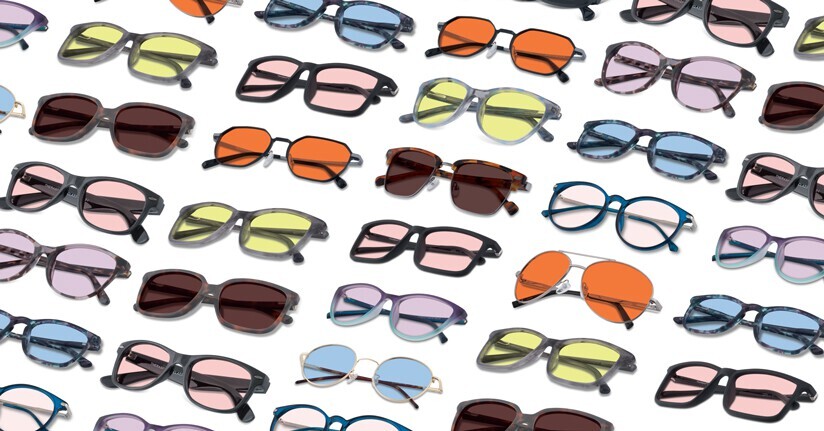Dry Eye: Symptoms, Causes & Treatments
Everyone gets dry eyes from time to time, but it can become a troublesome chronic problem for some people. Dry eye is the name of a medical condition caused by an insufficiency of tears to lubricate the eye. Some people simply don’t produce enough tears or their tears evaporate too quickly, while others produce tears of too low a quality to properly nourish the eye.
Symptoms
In addition to dryness, patients may feel like their eyes are irritated, gritty, scratchy or burning. They might feel like they have something in their eyes and could also experience excessive eye watering and blurry vision. Dry eye is the single most common cause of photophobia.
Causes
- Aging (the majority of people older than 65 experiencing dry eye symptoms)
- Hormonal changes caused by pregnancy, hormonal contraceptives or menopause
- Medications, like antihistamines, decongestants, blood pressure meds and antidepressants
- A wide range of medical conditions – like rheumatoid arthritis, diabetes, thyroid dysfunction, Sjogren’s syndrome, blepharitis and blepharospasm
- Exposure to wind and smoke and dry climates
- Not blinking regularly, like when you’re staring at a computer screen for long periods of time
- Long-term use of contact lenses
- Vision correction surgeries, like LASIK
Treatment
Dry eye treatment focuses on easing a person’s discomfort, keeping a person’s eyes healthy and protecting vision. Treatments include:
- Over-the-counter artificial tear solutions are often sufficient treatment for mild cases. Be sure to use preservative-free artificial tears to avoid further eye irritation.
- Keeping the tears in the eyes longer can also reduce symptoms of dry eye. This is done by blocking the tear ducts with small, removable plugs or with a surgery that closes tear ducts permanently.
- Prescription eye drops can increase tear production.
- Eyelid or eye inflammation can be treated with prescription eye drops or ointments, wam compresses, eyelid massage and eyelid cleaning solutions.
- Consuming omega-3s through food or nutritional supplements may also be beneficial.
You can also reduce symptoms of dry eye by:
- Remembering to blink and taking frequent breaks when reading or working on a computer.
- Increasing the humidity in your home and/or work environment.Wearing wraparound sunglasses outdoors to reduce exposure to drying winds and sun.
- Drinking plenty of water each day to avoid becoming dehydrated.

TheraSpecs® Glasses for Light Sensitivity
Find the glasses that fit your needs and lifestyle, and stay protected from screens, fluorescents, unwanted blue light, sunlight, flashing lights, and more.
Shop Now



